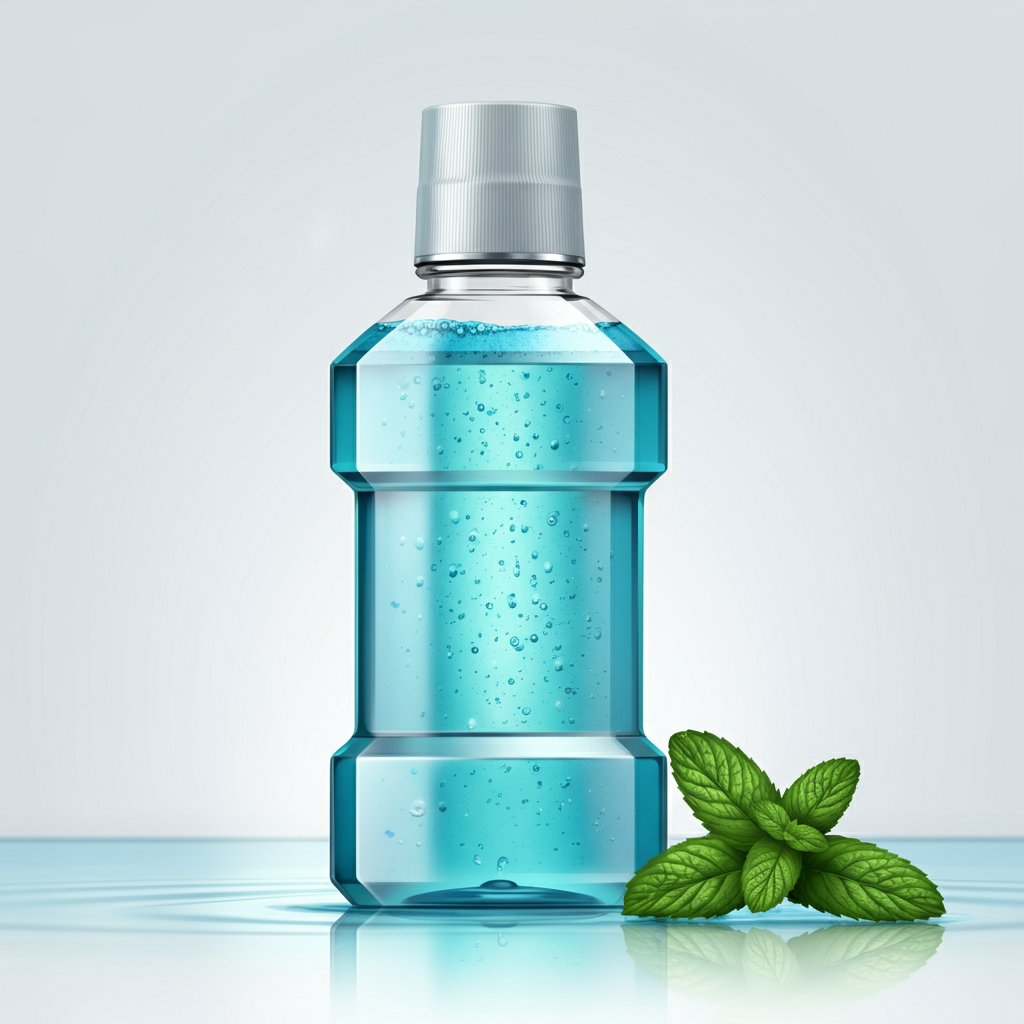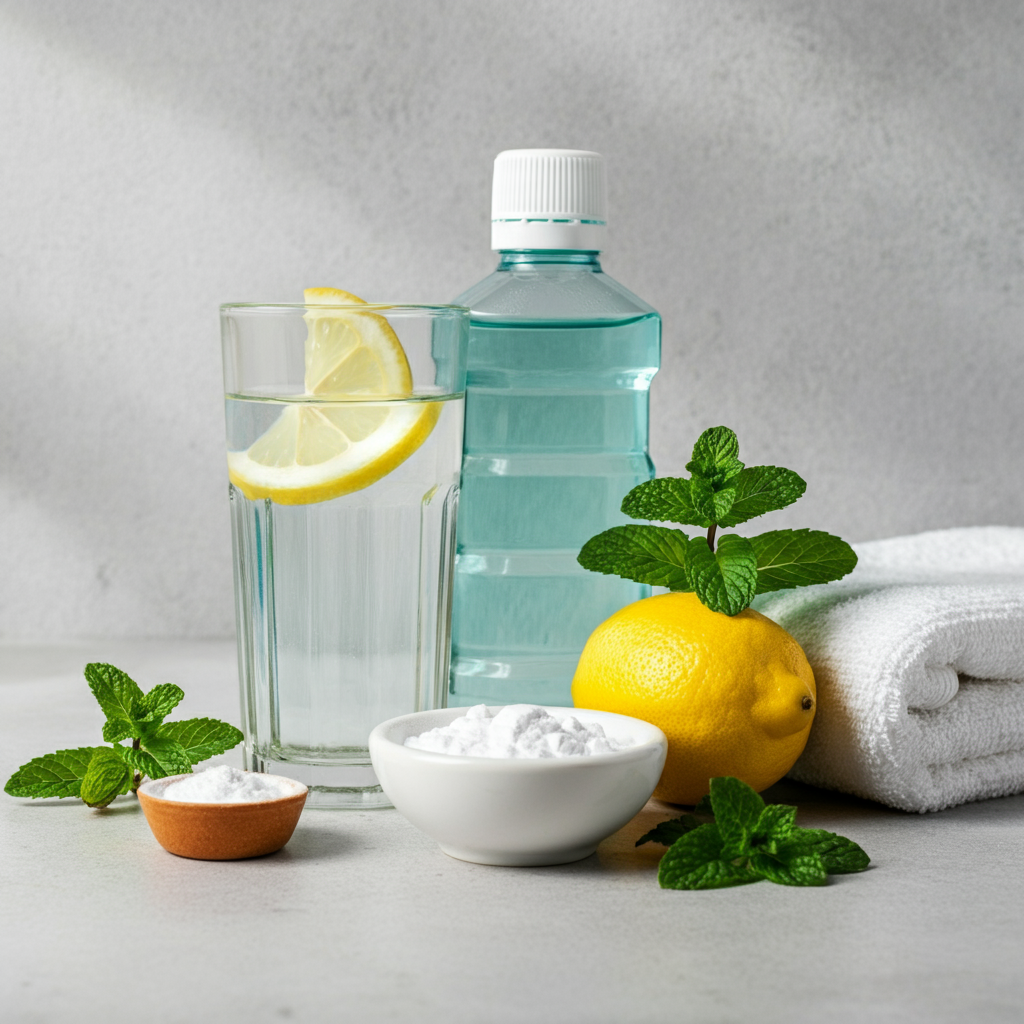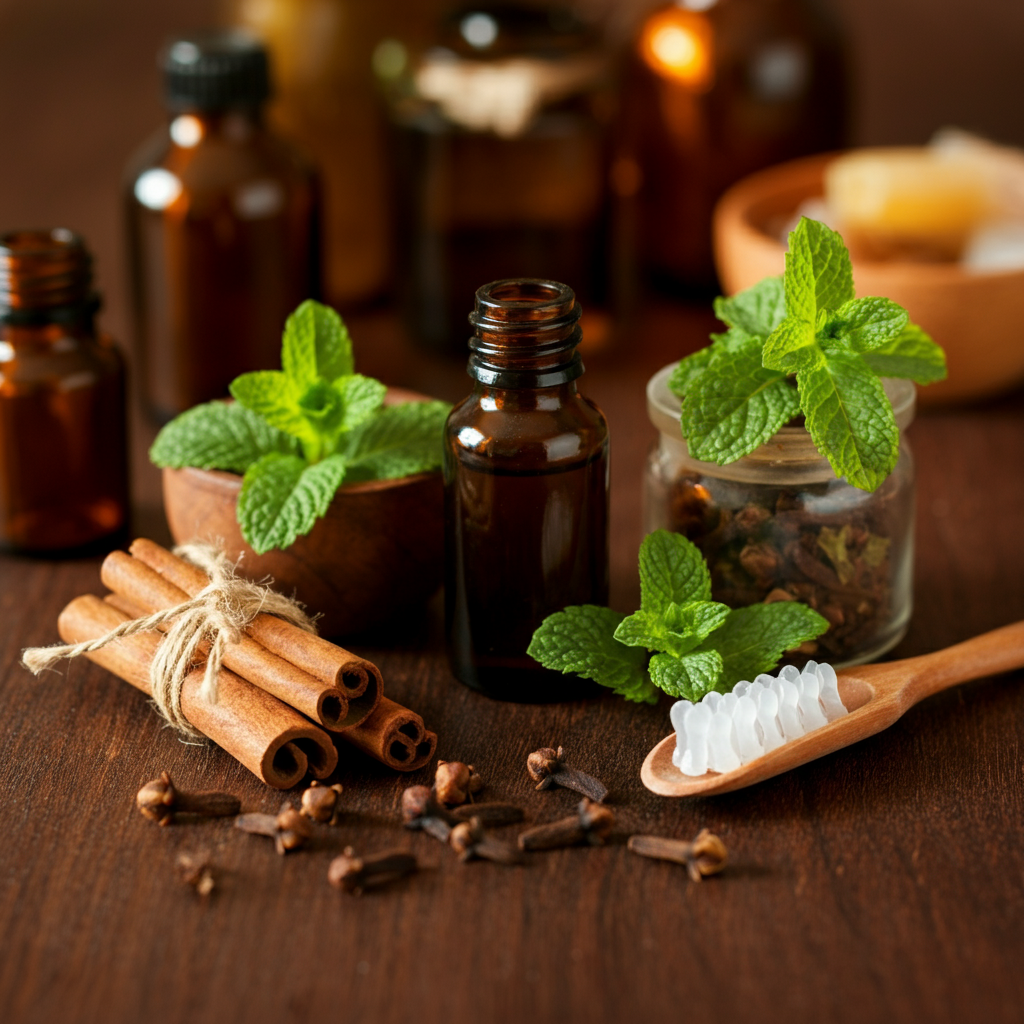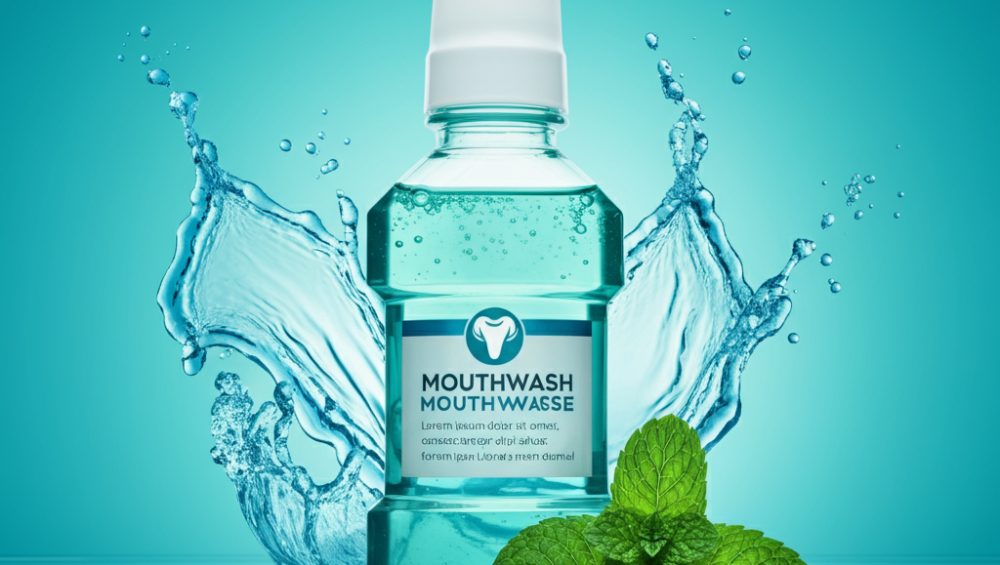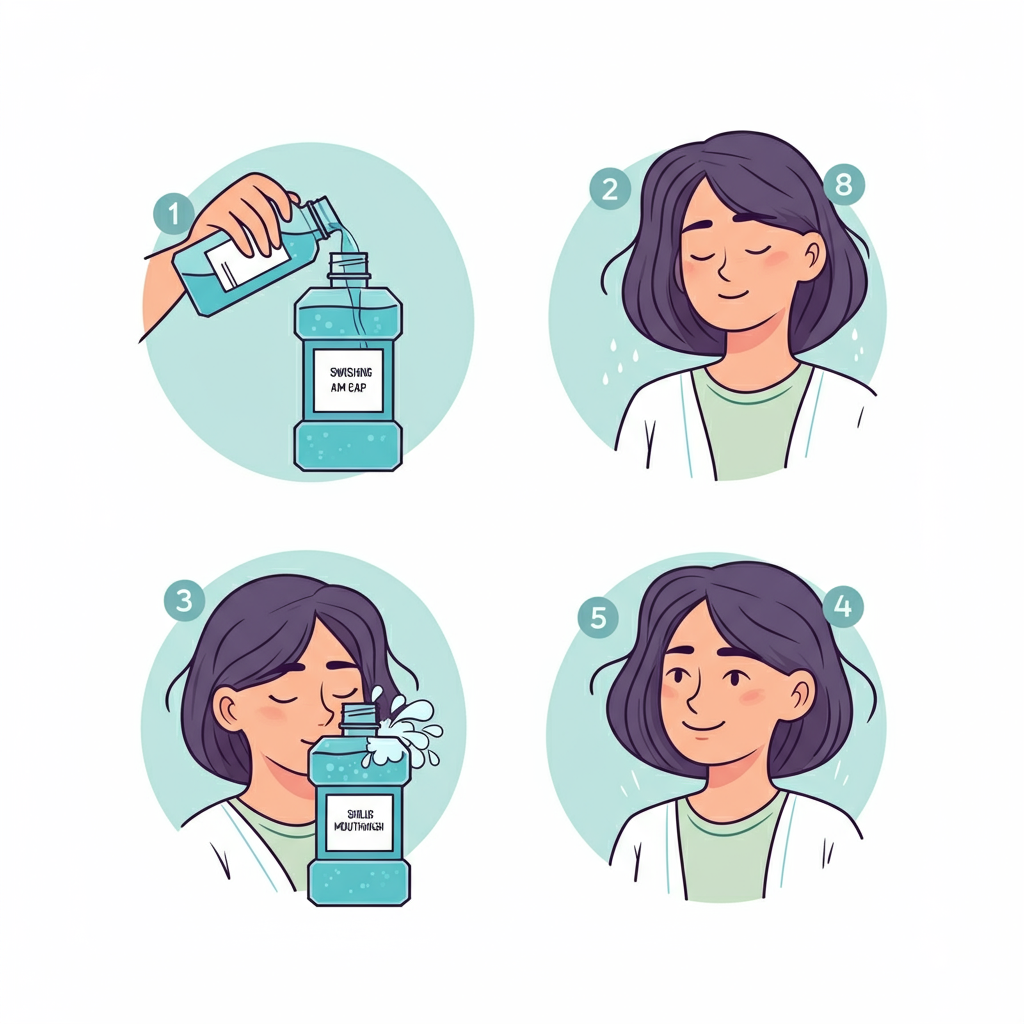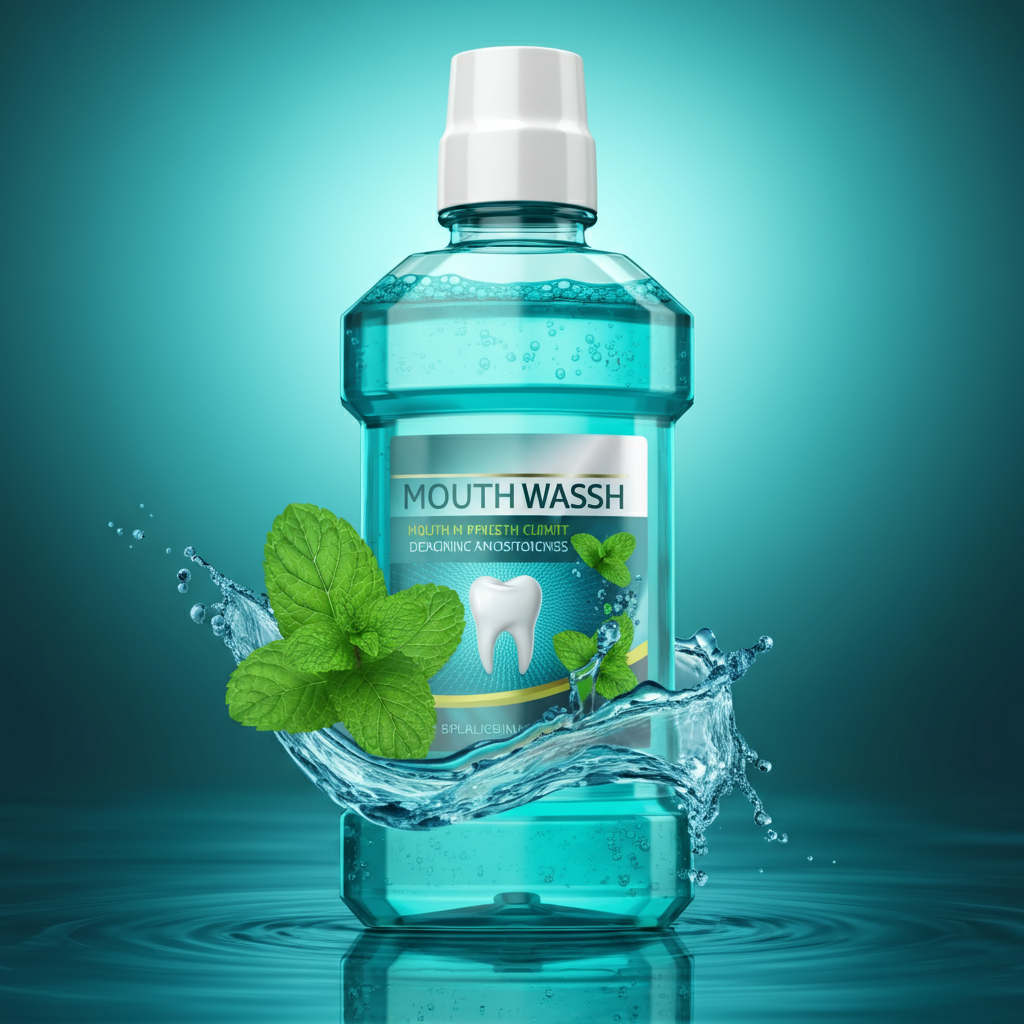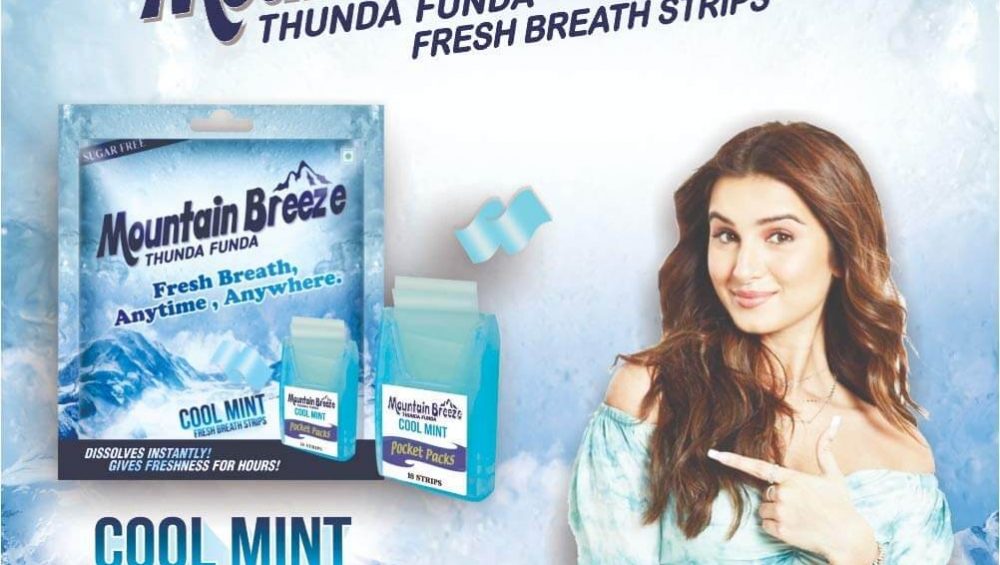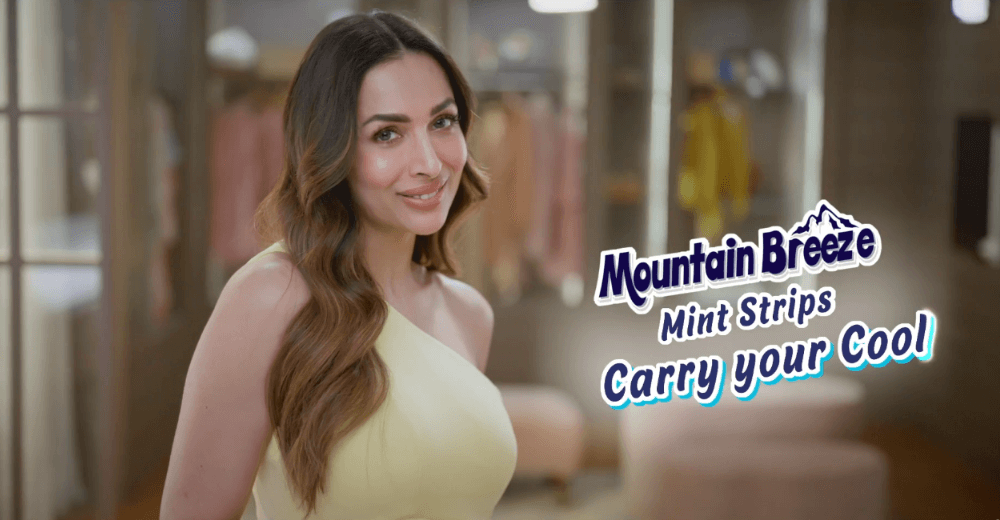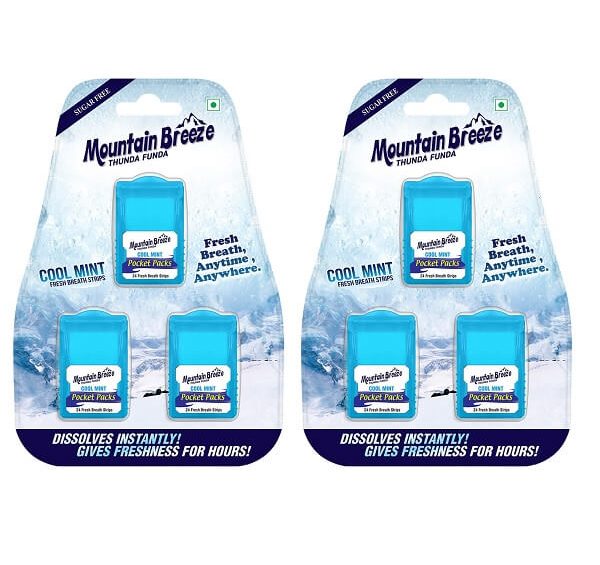Life in 2025 is fast-paced, full of meetings, workouts, social activities, and constant movement. For health-conscious individuals, staying fresh and confident—while juggling it all—isn’t just a desire; it’s a necessity. Enter Mountain Breeze Fresh Breath Strips, your pocket-sized solution to staying fresh, confident, and health-focused throughout your busy day.
These strips are tiny, powerful, and oh-so-convenient. Whether you’re commuting, working long hours, or sweating it out at the gym, Mountain Breeze strips ensure you’re always ready to face what’s next.
Curious about how such a small product can make such a big impact on your lifestyle? Stick around as we explore why these fresh breath strips belong in your 2025 health arsenal.
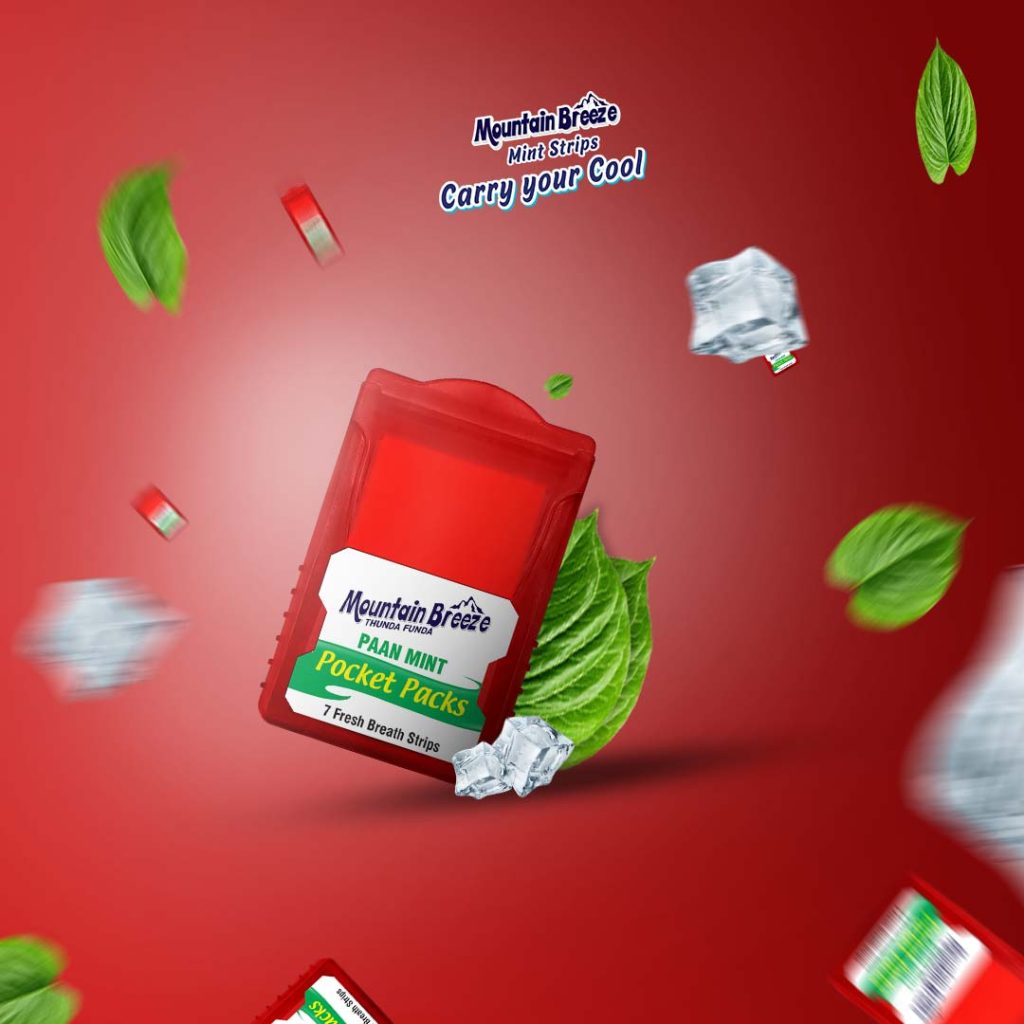
Tiny Size, Huge Convenience
Say Goodbye to Bulky Solutions
Carrying a bottle of mouthwash or a pack of gum isn’t always ideal. Traditional solutions take up unnecessary space and may not fit into a minimalist, on-the-go lifestyle. Mountain Breeze strips, on the other hand, are so small they can slip into your pocket, clutch, or even the tiniest gym bag.
Heading from your office to dinner with friends? No problem. These tiny strips dissolve instantly on your tongue, refreshing your breath in just seconds. Unlike mints or gum, there’s no chewing involved—just a quick, effortless boost of freshness.
Healthier Than Gum or Candy
Many people turn to gum or sugary mints for freshening their breath, but these often come loaded with added sugars and artificial ingredients. Mountain Breeze strips are sugar-free, calorie-free, and infused with natural, plant-based flavors, making them a healthier alternative for anyone mindful of their diet and overall well-being.
Confidence that Lasts
Long-Lasting Freshness
Imagine this scenario: You’ve just finished an intense morning workout before heading to a meeting. You don’t have time for a proper freshening-up session, but you still need to feel confident. Mountain Breeze strips come to the rescue with a burst of refreshing mintiness designed to leave your breath fresh for hours.
This lasting confidence isn’t just about maintaining fresh breath—it’s about knowing you can face anyone, anywhere, no matter what the day throws at you.
Perfect for Social Settings
Whether you’re networking at a conference, chatting after yoga class, or catching up with friends at your favorite café, you can trust Mountain Breeze strips to keep you smelling fresh and feeling good. Pop one discreetly before your next conversation and make an impression that lingers—just like the refreshing scent of mint.
Fits Right Into Your Health-Focused Year
Zero Guilt, All Reward
Sticking to health-conscious habits is a commitment, but that doesn’t mean you need to compromise convenience. Mountain Breeze strips tick all the boxes for your fresh breath routine without adding unwanted calories, sugars, or artificial sweeteners to your day. They’re also vegan-friendly and free from artificial preservatives, ensuring that every strip aligns with your health goals.
Breath Strips and Hydration? Perfect Pair!
Proper hydration is vital for those pursuing an active lifestyle, and staying hydrated also plays a key role in preventing bad breath. Paired with a healthy water habit, Mountain Breeze strips help ensure your mouth feels fresh and bacteria-free from your first coffee of the day to your final glass of water at bedtime.

Your Day, Powered by Freshness
Early Mornings
Kickstart your day with the confidence of fresh breath. Whether you’re doing early morning spin classes, client meetings, or school runs, you can rely on Mountain Breeze strips to give you a fresh, energetic start. Keep them in your car, purse, or on your dresser for effortless access.
Midday Refreshers
Feeling the slump after your lunch break? Use a strip to refresh before jumping back into your workday. It’s quick, easy, and eliminates the worry of lingering odors from your meal.
On-the-Go Evenings
After a day full of achievements and activities, freshen up quickly before meeting loved ones or unwinding with friends. The strips ensure you’re always date-night or dinner-party ready, no matter what your schedule looks like.
Easy Travel Companion
Travel enthusiasts, rejoice! No more worrying about liquid or gel-based breath fresheners getting confiscated at airport security. Mountain Breeze strips are carry-on friendly and ideal for freshening up post-flight or during long road trips.
Join the Mountain Breeze Community
Mountain Breeze is more than just a product—it’s a community of individuals who value health, convenience, and confidence. Here’s why our customers love these small but mighty strips:
- Maria, Fitness Enthusiast: “After my gym sessions, all it takes is one strip to feel totally refreshed before meeting friends.”
- Elliot, Entrepreneur: “I’ve replaced gum with these strips—so much healthier and easier to carry around during events.”
- Jenny, Traveler: “A lifesaver during long-haul flights! Small enough for my carry-on and works wonders after airplane meals.”
Mountain Breeze strips are designed to fit seamlessly into any lifestyle, empowering you to stay fresh, confident, and ready for the challenges of 2025.

Fresh Breath, Fresh Goals
This year isn’t just about surviving a busy lifestyle—it’s about thriving. And thriving starts with confidence in every interaction and scenario, no matter how packed your schedule might be.
Don’t just take our word for it. Experience the difference for yourself. Try Mountain Breeze Fresh Breath Strips today and revolutionize your routine—one effortless, refreshing strip at a time.






